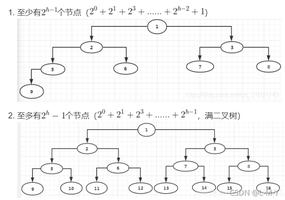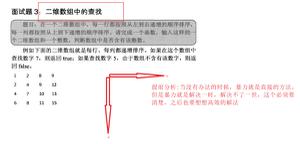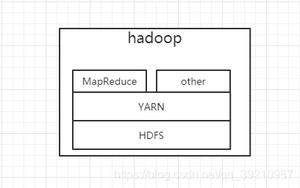计算 Python 中特定轴上不同维度的数组的张量点积
给定两个张量 a 和 b,以及一个包含两个类数组对象 (a_axes, b_axes) 的类数组对象,将 a 和 b 的元素(分量)在 a_axes 和 b_axes 指定的轴上的乘积相加。第三个参数可以是单个非负整数类标量 N;如果是这样,则将 a 的最后 N 个维度和 b 的前 N 个维度相加。
要计算不同维度数组的张量点积,请使用Python 中的方法。a, b 参数是“点”的张量。numpy.tensordot()
axes 参数 integer_like 如果是一个 int N,则按顺序对 a 的最后 N 个轴和 b 的前 N 个轴求和。相应轴的大小必须匹配。
脚步
首先,导入所需的库 -
import numpy as np
array()使用该方法创建两个具有不同维度的 numpy 数组-
arr1 = np.array(range(1, 9))arr1.shape = (2, 2, 2)
arr2 = np.array(('p', 'q', 'r', 's'), dtype=object)
arr2.shape = (2, 2)
显示数组 -
print("Array1...\n",arr1)print("\nArray2...\n",arr2)
检查两个阵列的尺寸 -
print("\nDimensions of Array1...\n",arr1.ndim)print("\nDimensions of Array2...\n",arr2.ndim)
检查两个阵列的形状 -
print("\nShape of Array1...\n",arr1.shape)print("\nShape of Array2...\n",arr2.shape)
要计算具有不同维度的数组的张量点积,请使用以下方法 -numpy.tensordot()
print("\nTensor dot product...\n", np.tensordot(arr1, arr2, axes = 1))示例
import numpy as np输出结果#使用 array() 方法创建两个不同维度的 numpy 数组
arr1 = np.array(range(1, 9))
arr1.shape = (2, 2, 2)
arr2 = np.array(('p', 'q', 'r', 's'), dtype=object)
arr2.shape = (2, 2)
#显示数组
print("Array1...\n",arr1)
print("\nArray2...\n",arr2)
#检查两个数组的尺寸
print("\nDimensions of Array1...\n",arr1.ndim)
print("\nDimensions of Array2...\n",arr2.ndim)
#检查两个数组的形状
print("\nShape of Array1...\n",arr1.shape)
print("\nShape of Array2...\n",arr2.shape)
#要计算具有不同维度的数组的张量点积,请使用 Python 中的 numpy.tensordot() 方法
#a, b 参数是“点”的张量。
print("\nTensor dot product...\n", np.tensordot(arr1, arr2, axes = 1))
Array1...[[[1 2]
[3 4]]
[[5 6]
[7 8]]]
Array2...
[['p' 'q']
['r' 's']]
Dimensions of Array1...
3
Dimensions of Array2...
2
Shape of Array1...
(2, 2, 2)
Shape of Array2...
(2, 2)
Tensor dot product...
[[['prr' 'qss']
['ppprrrr' 'qqqssss']]
[['ppppprrrrrr' 'qqqqqssssss']
['ppppppprrrrrrrr' 'qqqqqqqssssssss']]]
以上是 计算 Python 中特定轴上不同维度的数组的张量点积 的全部内容, 来源链接: utcz.com/z/297221.html






